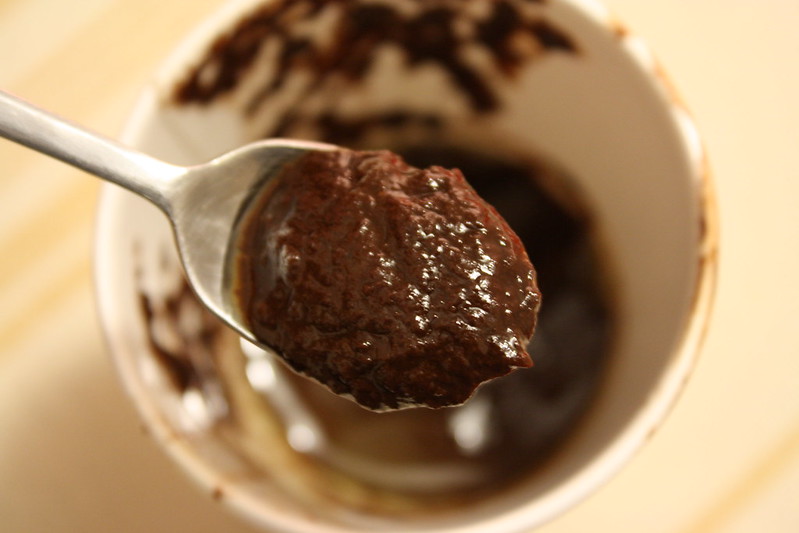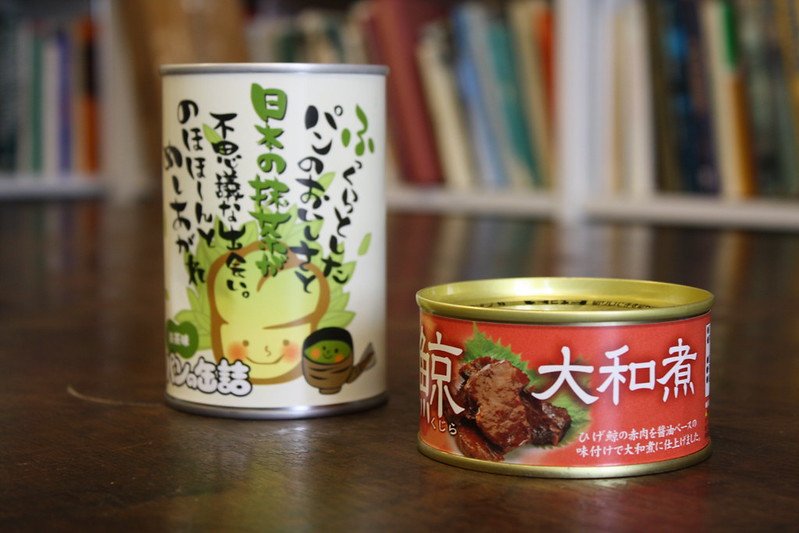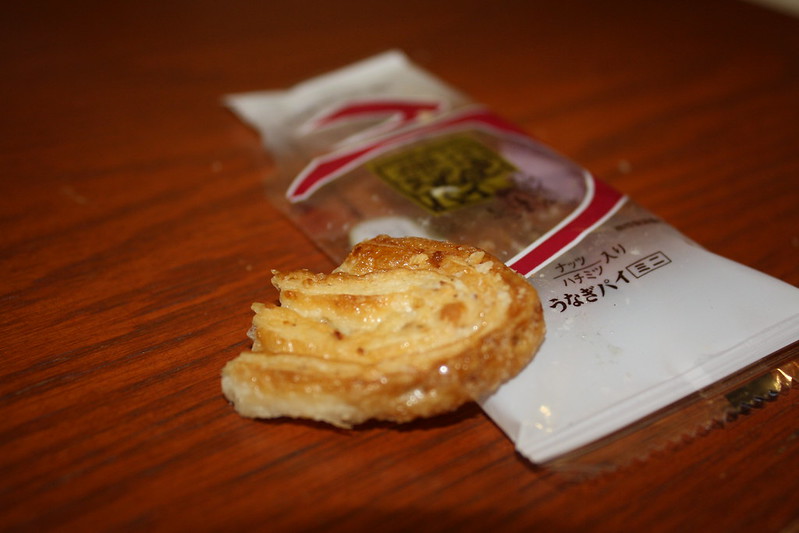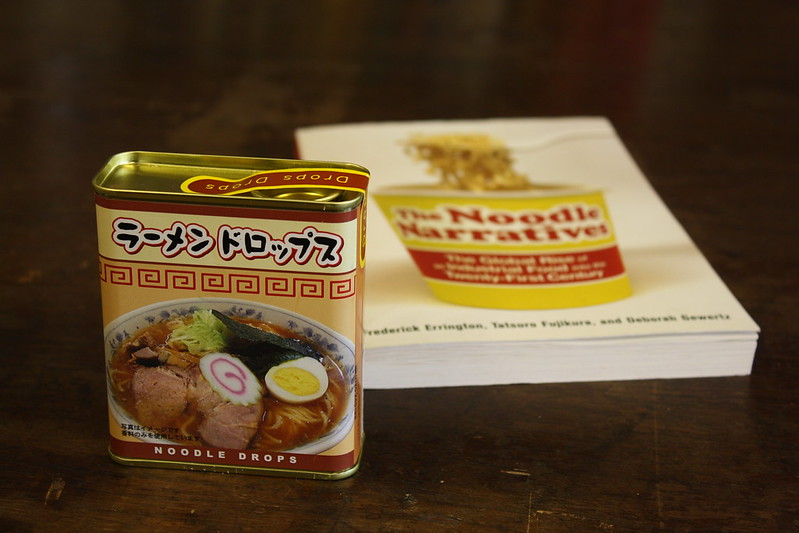I stopped eating meat about two months ago, which is why I was somewhat conflicted when the day we came back from spring break my friend brought a small tupperware into my room, shoved it in my face, and proceeded to exclaim: “would you be okay with eating something if it was made with animal’s blood”? I dubiously peered in to check out the item in question – the chunk of chocolate-filled pastry looked innocent enough. But I guess that cooked blood would take on a very similar hue to that of dark chocolate…
Sanguinaccio dolce is an Italian chocolate pudding with a gory addition: the blood is one of the key components in this dish with few ingredients , yet it remains subtly expressed. Besides lending itself as a thickener and giving the pudding a slight mahogany color, it’s practically undetectable. The combo of chocolate and blood has a long tradition throughout southern Italy, especially during Carnevale celebrations around Easter time. Traditionally a pig is slaughtered and various dishes are made to use every part of the animal, including the blood. With the addition of cinnamon, sugar and orange zest, the result is a very dense, rich dessert.
Facing the situation, I set my internal ethical turmoil aside and let my curiosity take precedence instead. An exception could be made, I decided, for a cultural experience. Afterall, it felt like my eating of the sanguinaccio cookie was a way to partake in the Italian culture by consuming something that was authentic – that is, something that was traditional and “genuine”. In the contemporary foodie world, this is a characteristic that is strongly valued in a dish; restaurants increasingly strive to provide their adventurous patrons with the most “authentic” experience possible. But, this obsession with the idea might be too gratuitous.
Issues come up when authenticity is misconstrued as an absolute authority on the virtue of a food. To begin with, the concept is pretty subjective; for example, who gets to determine what actually makes something authentic? Is it the local people who have passed on these recipes from generation to generation, or the so-called expert on gastronomy who has written a ton of books on the subject? In addition, different people will have different ideas on what authenticity means in the first place – for some, the provenance of ingredients will matter most, for others the physical setting, and for others yet the most important factor is the person who makes it or the techniques that are used.
But maybe the biggest problem with the notion of authenticity is that it assumes that there is only one kind of cuisine that can be considered genuine and that any adaptations are somehow inferior. In the words of chef Andy Ricker of Pok Pok fame, this concludes that “traditions are the same everywhere, as if they don’t change, as if culinary ones don’t evolve with particular speed”. This just isn’t true! Cultures change as time passes and brings in new developments and interactions with others.
Take the sanguinaccio: the one my friend brought back wasn’t from the Italian homeland, but from De Lillo pastry shop on Arthur avenue in the Bronx, the mecca of Italian-American food. And due to health restrictions on pork products, the blood used was cow’s blood rather than pig’s. Clearly this blood pudding isn’t the same as the ones produced in Campania. You can look at other examples like Japanese green tea bread-in-a-can, or canned whale, that combine traditional culinary elements with modern methods of preservation. These variations don’t make these foods imposters in the game, but rather products of their environments and time periods.
We tell ourselves that in sharing these cultural elements we learn about others and thus get closer to them. And this is certainly true, to an extent. Food has that wonderful ability to transport people to particular places and bring back memories, transcending physical limitations in a search for connections and discovery. When we eat foods that aren’t from our own cultures this crossing of boundaries is even more emphasized, and it becomes a way to collect a variety of experiences.
But we have to be careful about becoming so caught up in this already-questionable concept of authenticity that we then consider ourselves authorities on these foods after eating them, and end up doing so in order to rack up the “exotic” experiences rather than for the sake of actually enjoying them and learning. Going to an Ethiopian restaurant and emerging from your injera and stew-filled dinner an hour later doesn’t make you a great connoisseur on the cuisine or culture.
It’s perfectly acceptable to want to discover as much as you can about the world. In fact, I would argue that tourism through food is not only a fantastic way to do that, but also fosters a shared sense of community through exchange of cultural identity. It was enough for me to temporarily set aside my meat-free inclinations. We just need to be conscientious about fetishizing these ideas of exoticism and authenticy for our own prestige without questioning their meanings or considering their implications.
For more culture and food, check out these links:





